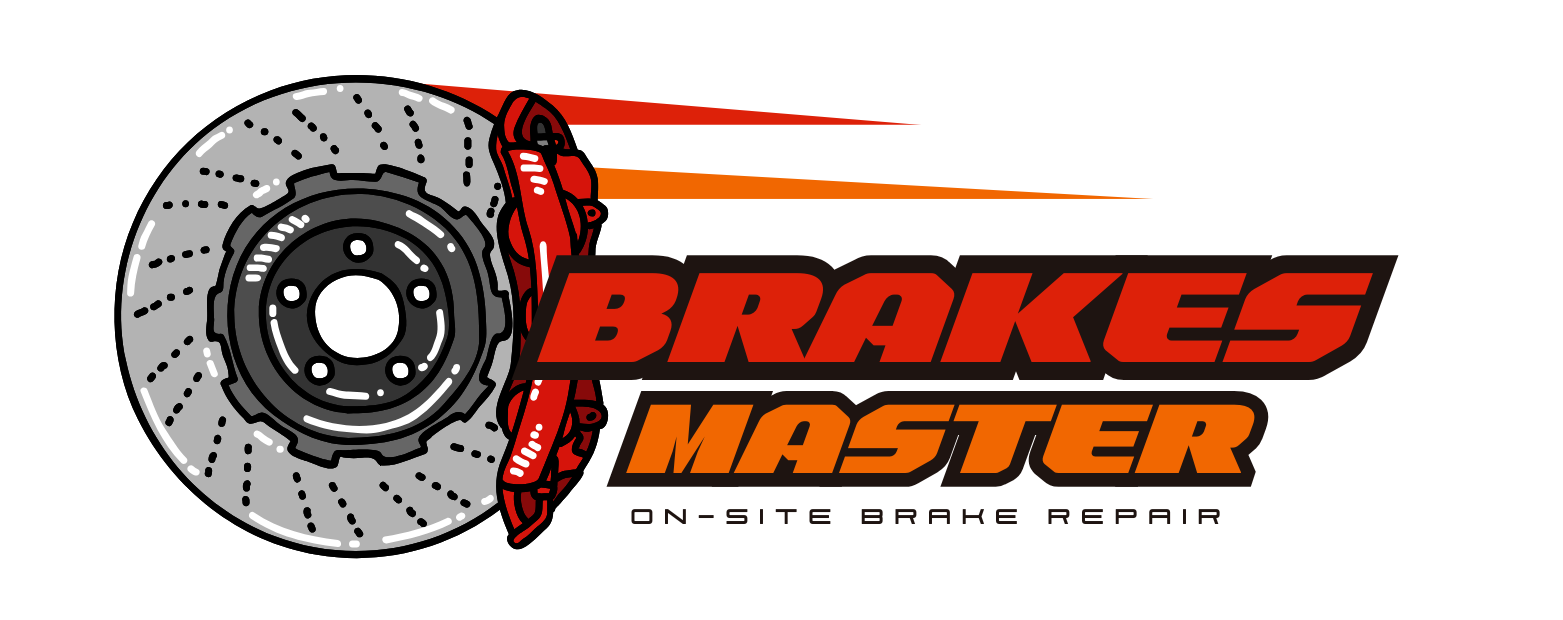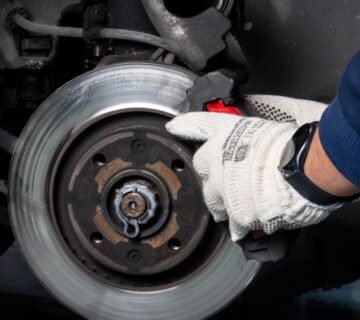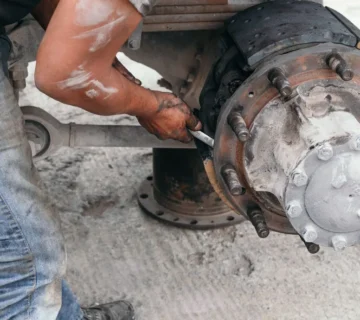As a vehicle owner, you rely on your brakes to keep you safe on the road. But have you considered the critical role your brake master cylinder plays in your vehicle’s stopping power? Over time, brake master cylinder wear can significantly impact your car’s safety and performance. This vital component transfers force from your brake pedal to the brake calipers, enabling you to slow or stop your vehicle. Understanding the signs of brake master cylinder wear and its effects on your vehicle is crucial for maintaining optimal braking performance and ensuring your safety behind the wheel. In this article, we’ll explore how brake master cylinder wear affects your vehicle and what you can do about it.
Understanding Brake Master Cylinder Wear
The Heart of Your Braking System
The brake master cylinder is a crucial component of your vehicle’s braking system, responsible for converting the force from your foot on the pedal into hydraulic pressure. Over time, normal wear and tear can affect its performance, potentially compromising vehicle safety and performance. Brake master cylinder wear occurs gradually, often going unnoticed until significant issues arise.
Signs of Wear and Tear
As brake master cylinder wear progresses, you may notice:
- A spongy or soft brake pedal
- Increased stopping distance
- Brake fluid leaks under your vehicle
- Warning lights on your dashboard
These symptoms indicate that your brake system’s efficiency is declining, which can have a severe impact on your vehicle’s overall safety.
The Impact on Vehicle Performance
Master cylinder failure can lead to a complete loss of braking power, posing a significant safety risk. Regular brake master cylinder maintenance is essential to prevent such catastrophic failures. By addressing wear early, you can avoid costly repairs and ensure optimal brake system performance.
Preventive Measures
To mitigate the effects of brake master cylinder wear:
- Schedule regular brake system inspections
- Replace brake fluid as recommended by your vehicle manufacturer
- Address any brake-related issues promptly
By staying proactive, you can maintain your vehicle’s safety and performance, ensuring peace of mind on the road.
The Impact of Master Cylinder Failure on Vehicle Safety and Performance
A failing brake master cylinder can severely compromise your vehicle’s safety and performance. Understanding the consequences of brake master cylinder wear is crucial for every driver.
Compromised Braking Efficiency
When your master cylinder starts to fail, you may notice a gradual decrease in braking power. This decline in efficiency can lead to longer stopping distances, putting you and others at risk. In extreme cases, complete brake failure may occur, rendering your vehicle unsafe to operate.
Inconsistent Brake Pedal Feel
Vehicle safety and performance are closely tied to brake system responsiveness. As master cylinder wear progresses, you might experience a spongy or soft brake pedal. This inconsistency can make it challenging to gauge the necessary pressure for effective braking, potentially leading to accidents.
Fluid Leaks and Contamination
Brake system wear often results in internal or external fluid leaks. These leaks not only reduce brake fluid levels but can also introduce contaminants into the system. Contaminated brake fluid can accelerate wear on other components, compounding the problem.
Increased Maintenance Costs
Neglecting brake master cylinder maintenance can lead to cascading issues throughout your brake system. As wear progresses, you may face costly repairs to multiple components, far exceeding the expense of timely maintenance.
Understanding the master cylinder failure impact is essential for maintaining your vehicle’s safety and performance. Regular inspections and prompt attention to any brake-related issues can help prevent these serious consequences and ensure your vehicle remains reliable on the road.
Signs of Brake Master Cylinder Wear to Watch For
Recognizing the symptoms of brake master cylinder wear is crucial for maintaining vehicle safety and performance. As a key component of your brake system, a failing master cylinder can significantly impact your ability to stop effectively. Here are some telltale signs to be aware of:
Spongy or Soft Brake Pedal
One of the most common indicators of brake master cylinder wear is a soft or spongy brake pedal. If you notice that your pedal feels less firm or sinks to the floor when pressed, it could signify a leak in the master cylinder, compromising the hydraulic pressure needed for efficient braking.
Brake Fluid Leaks
Inspect the area around your master cylinder and brake lines regularly. Brake master cylinder maintenance involves checking for any signs of brake fluid leaks, which often appear as small puddles or wet spots near the cylinder or on the ground beneath your vehicle. These leaks can lead to decreased brake performance and potential master cylinder failure.
Warning Lights
Modern vehicles are equipped with sophisticated sensors that can detect issues with your brake system. If your brake warning light illuminates on the dashboard, it could indicate low brake fluid levels or other problems related to brake master cylinder wear. Don’t ignore these warnings, as they are crucial indicators of your vehicle’s safety and performance.
Remember, addressing brake system wear early can prevent more serious issues and ensure your vehicle remains safe on the road. Regular inspections and prompt attention to these signs can help mitigate the impact of master cylinder failure on your driving experience.
Maintaining Your Brake Master Cylinder for Optimal Performance
Regular maintenance of your brake master cylinder is crucial for ensuring vehicle safety and performance. Brake master cylinder wear can significantly impact your car’s braking system, potentially leading to dangerous situations on the road. By understanding the importance of proper upkeep, you can prevent master cylinder failure and maintain optimal braking efficiency.
Regular Inspections
To avoid brake system wear, conduct visual inspections of your brake master cylinder at least twice a year. Look for signs of fluid leakage, corrosion, or damage to the reservoir. If you notice any issues, consult a professional mechanic immediately.
Fluid Maintenance
Proper fluid maintenance is essential for brake master cylinder maintenance. Check the brake fluid level regularly and top it off if necessary. It’s also important to flush and replace the brake fluid according to your vehicle manufacturer’s recommendations, typically every two to three years.
Professional Servicing
While some maintenance tasks can be performed at home, it’s crucial to have your brake system professionally serviced periodically. A qualified technician can thoroughly inspect your brake master cylinder, identify potential issues, and perform necessary repairs or replacements.
By following these maintenance practices, you can minimize brake master cylinder wear and ensure your vehicle’s braking system operates at peak performance. Remember, proper maintenance not only enhances safety but also prolongs the lifespan of your brake components, saving you money in the long run.
Addressing Brake Master Cylinder Issues: When to Seek Professional Help
Recognizing the Warning Signs
Brake master cylinder wear can significantly impact vehicle safety and performance. It’s crucial to be aware of the telltale signs that indicate potential issues. If you notice a spongy brake pedal, decreased braking efficiency, or visible fluid leaks, these could be symptoms of master cylinder failure. Don’t ignore these warning signs, as they directly affect your vehicle’s ability to stop safely.
The Importance of Timely Intervention
When it comes to brake system wear, procrastination can be dangerous. As soon as you suspect a problem with your brake master cylinder, it’s time to consult a professional. Delaying maintenance can lead to complete brake failure, putting you and others at risk on the road. Regular brake master cylinder maintenance is not just about preserving your vehicle; it’s about ensuring the safety of everyone around you.
Professional Diagnosis and Repair
While some car enthusiasts might be tempted to tackle brake issues themselves, the complexity of modern brake systems often requires specialized knowledge and tools. A certified mechanic can accurately diagnose the extent of brake master cylinder wear and recommend appropriate repairs. They can also inspect related components to ensure your entire braking system is in optimal condition, maximizing both safety and performance.
Conclusion
In conclusion, recognizing and addressing brake master cylinder wear is crucial for maintaining your vehicle’s safety and performance. Regular inspections and prompt repairs can prevent catastrophic brake failure and ensure optimal stopping power. By staying vigilant for signs of wear, such as a spongy brake pedal or fluid leaks, you can catch issues early and avoid costly repairs down the road. Remember, your brake master cylinder is the heart of your vehicle’s braking system. Prioritizing its maintenance not only protects you and your passengers but also preserves your car’s overall value and reliability. Don’t compromise on brake safety – keep your master cylinder in top condition for peace of mind on every journey.




